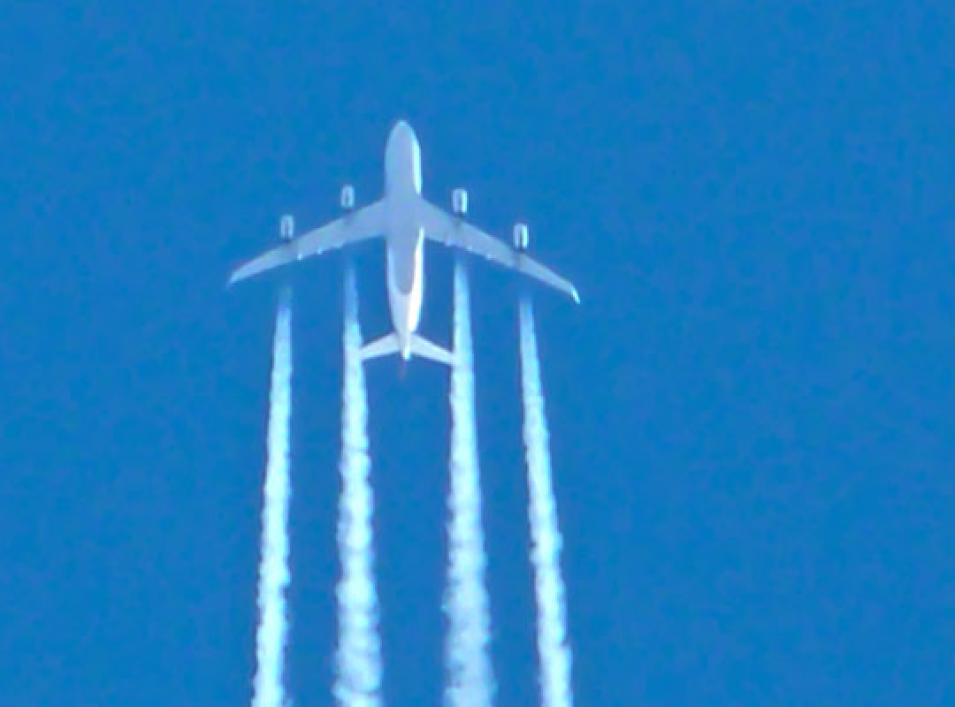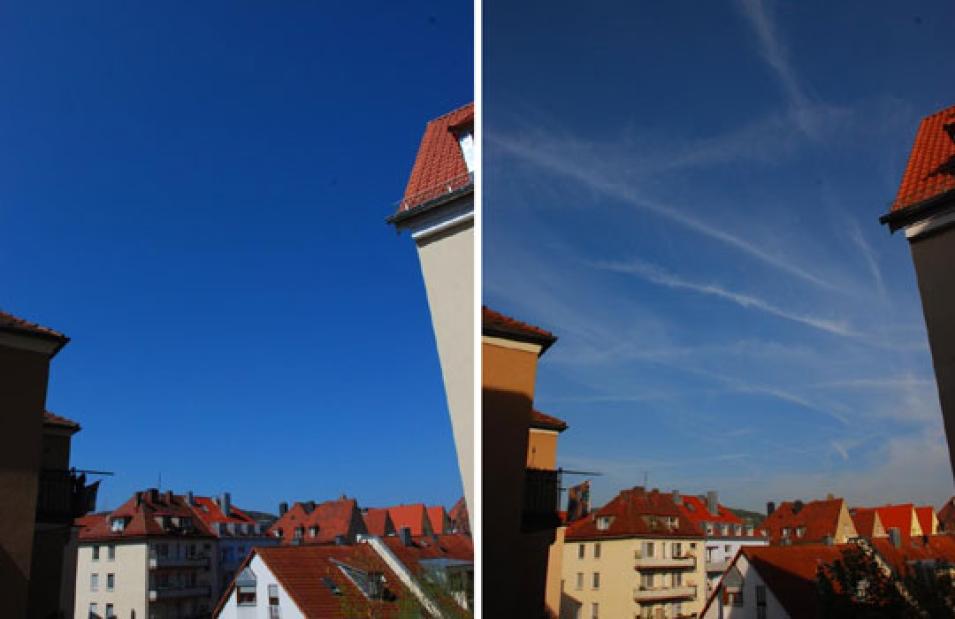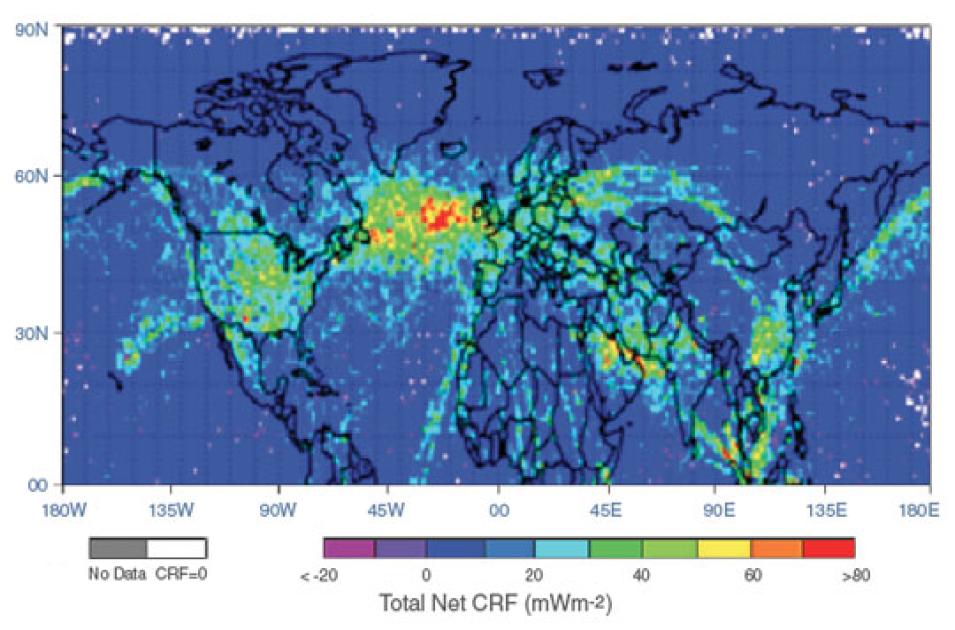Most people have, at some point in their lives, lain on their backs and gazed up at the sky, scouting for clouds that look like puppies or leaping dolphins. Scientists Sarah Bedka and Douglas Spangenberg scan the skies for thin white lines that could be contrails. Contrails are the linear clouds etched across the skies by high-altitude airplanes as more than 90,000 flights per day crisscross the globe.
Whether natural or man-made, clouds can help warm or cool Earth: they reflect incoming sunlight and trap heat in the atmosphere. But until recently, scientists were uncertain how contrails contributed to each of these effects. Bedka and Spangenberg are trying to find out how much contrails warm the atmosphere, and possibly to mitigate their effects. They helped develop a method that harnessed satellite data to spot contrails and calculate how much warming they might cause. Contrails likely have a small effect now, but increasing air traffic may change that.
A trail of cloud
While it is easy to imagine that contrails are just dirty streams of pollutants billowing out of airplanes as they cross the sky, in reality they are mostly ice crystals. Water vapor is already present in the atmosphere, but when the extra vapor from the airplane exhaust rapidly saturates already moist air, the water condenses and freezes into minute ice crystals. In fact, the word contrail is short for “condensation trail.”
On top of that, most commercial jets cruise at 26,000 feet or higher, where temperatures are cold enough that the large volumes of condensed vapor instantly freeze and form visible contrail clouds. Spangenberg said, “That’s why contrails form at the high altitudes where the jet liners fly. Lower altitude aircraft are not going to create them because the temperature is not low enough.” In very humid conditions, some aircraft may also produce wingtip vortices, or contrails that spiral out behind each wing. Low-flying planes at airshows often generate what look like contrails, but are simply special effects created by smoke.
High in the atmosphere, clouds perform a dual role. White cloud tops act like mirrors, reflecting incoming sunlight back out into space and promoting a cooling effect. Clouds can also serve as a blanket, trapping heat emitted from Earth’s surface, inducing a warming effect. The researchers needed to analyze both to understand whether contrails have a warming or cooling effect in Earth’s atmosphere, what they call the net radiative effect.


